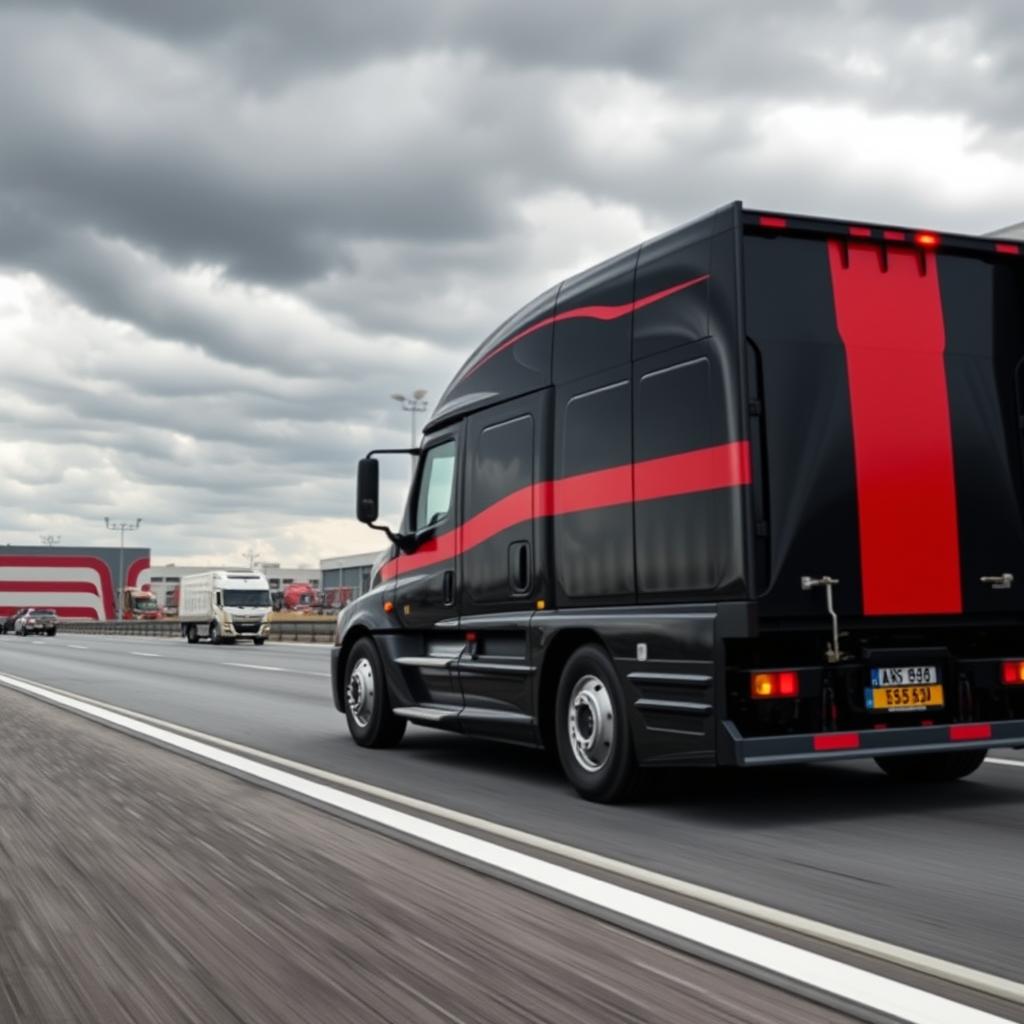How AI Is Revolutionizing American Trucking
The landscape of American trucking is undergoing a dramatic transformation, thanks to groundbreaking AI advancements in American trucking. From autonomous driving systems to sophisticated fleet management solutions, artificial intelligence is reshaping how goods move across our nation’s highways. This technological revolution isn’t just changing how trucks operate – it’s fundamentally transforming the entire logistics ecosystem, promising enhanced safety, improved efficiency, and reduced operational costs.
The Current State of AI in Trucking
The trucking industry has embraced artificial intelligence with remarkable enthusiasm over the past decade. According to recent data from the American Transportation Research Institute, over 60% of major trucking companies are now implementing some form of AI technology in their operations. These implementations range from basic route optimization software to advanced autonomous driving systems.
Modern trucking fleets are increasingly equipped with:
- Advanced driver assistance systems (ADAS)
- Real-time route optimization algorithms
- Predictive maintenance software
- Smart freight matching platforms
- AI-powered safety monitoring systems
Autonomous Driving: The Future is Now
Perhaps the most visible manifestation of AI in trucking is the development of autonomous vehicles. While fully autonomous trucks aren’t yet commonplace on American highways, several companies are making significant strides in this direction. Companies like TuSimple and Waymo are already conducting successful pilot programs with self-driving trucks.
Levels of Autonomy
Level 1: Driver assistance (cruise control, lane keeping)
Level 2: Partial automation (adaptive cruise control, lane centering)
Level 3: Conditional automation (environmental monitoring)
Level 4: High automation (fully autonomous in specific conditions)
Level 5: Complete automation (no human intervention needed)
Currently, most autonomous trucking operations fall between Levels 2 and 3, with some companies testing Level 4 capabilities in controlled environments.
Safety Enhancements Through AI
One of the most compelling arguments for AI integration in trucking is the potential for improved safety. AI-powered systems are helping to reduce accidents and save lives through:
Predictive Analytics
AI algorithms analyze vast amounts of data to identify potential safety risks before they become incidents. This includes:
- Weather pattern analysis
- Traffic flow prediction
- Driver behavior monitoring
- Route risk assessment
Real-time Monitoring
Advanced camera systems and sensors powered by AI can:
- Detect driver fatigue
- Monitor following distances
- Identify dangerous road conditions
- Alert drivers to potential hazards
Operational Efficiency and Cost Reduction
The implementation of AI solutions in trucking operations has led to significant improvements in efficiency and cost reduction. According to a study by McKinsey & Company, AI-powered fleet management systems can reduce operational costs by up to 15%.
Key Areas of Improvement:
- Fuel efficiency optimization
- Route planning and optimization
- Maintenance scheduling
- Load matching and capacity utilization
- Administrative task automation
Environmental Impact and Sustainability
AI technologies are playing a crucial role in making trucking more environmentally friendly. Through sophisticated algorithms and real-time data analysis, these systems are helping to:
- Reduce fuel consumption
- Minimize idle time
- Optimize aerodynamics
- Plan eco-friendly routes
- Monitor and reduce emissions
Early studies suggest that AI-optimized trucking operations can reduce carbon emissions by up to 20% through improved routing and driving behavior alone.
The Human Element: Impact on Drivers and Jobs
While AI is revolutionizing the trucking industry, it’s important to address its impact on the workforce. Contrary to common concerns, AI is not replacing drivers but rather augmenting their capabilities and making their jobs safer and more efficient.
New Skills and Opportunities
The integration of AI is creating new roles and responsibilities:
- Technical system operators
- Fleet analytics specialists
- AI systems maintenance technicians
- Remote fleet monitors
Looking to the Future
The future of AI in American trucking holds exciting possibilities. Industry experts predict several developments in the coming years:
- Increased adoption of platooning technology
- Advanced vehicle-to-vehicle communication
- Enhanced predictive maintenance capabilities
- More sophisticated autonomous systems
- Improved integration with smart infrastructure
Conclusion
The integration of AI in American trucking represents a transformative shift in how goods are transported across our nation. From enhanced safety features to improved operational efficiency, the benefits of this technological revolution are clear and compelling. As we continue to witness rapid advancements in AI technology, the trucking industry stands poised for even greater innovation and improvement.
Are you ready to embrace the future of trucking? Whether you’re looking to implement AI solutions in your fleet or want to learn more about how these technologies can benefit your business, we’re here to help. Contact us today at +1 206-337-4787 to discuss how we can help you leverage AI technology to transform your trucking operations. Don’t let your competition get ahead – join the AI revolution in trucking today.







